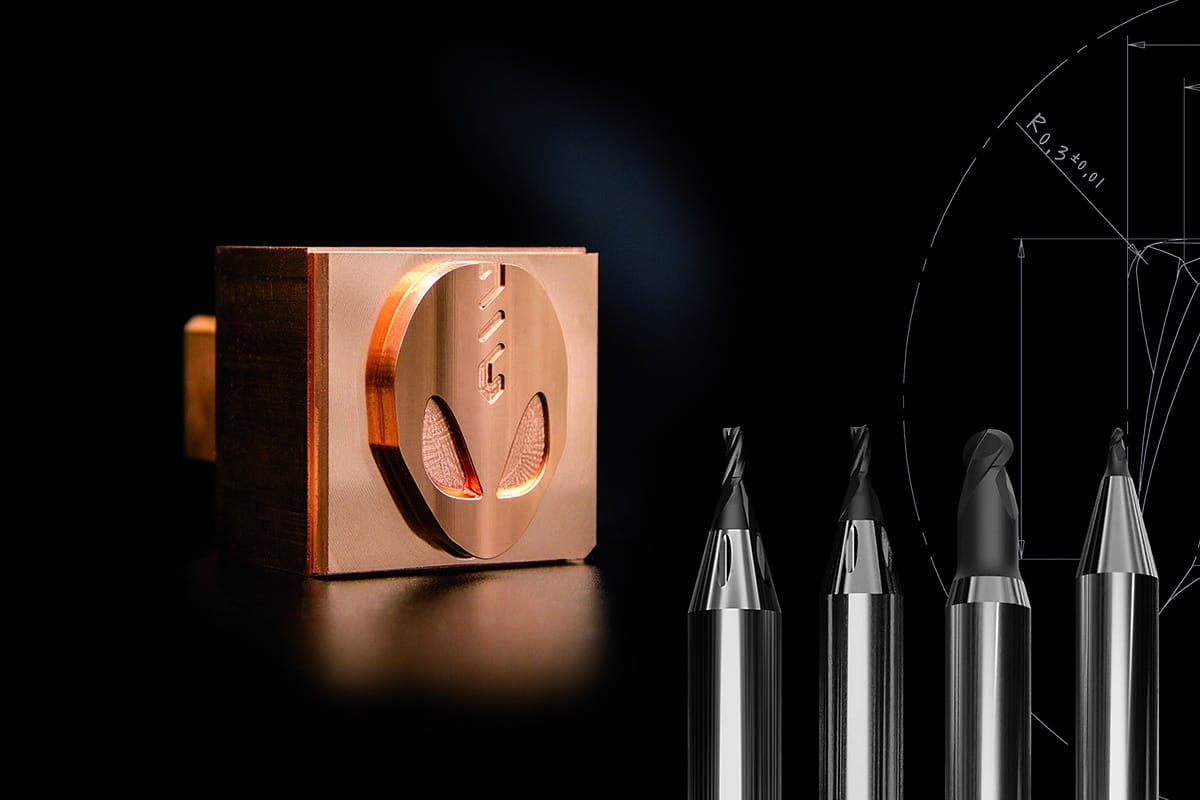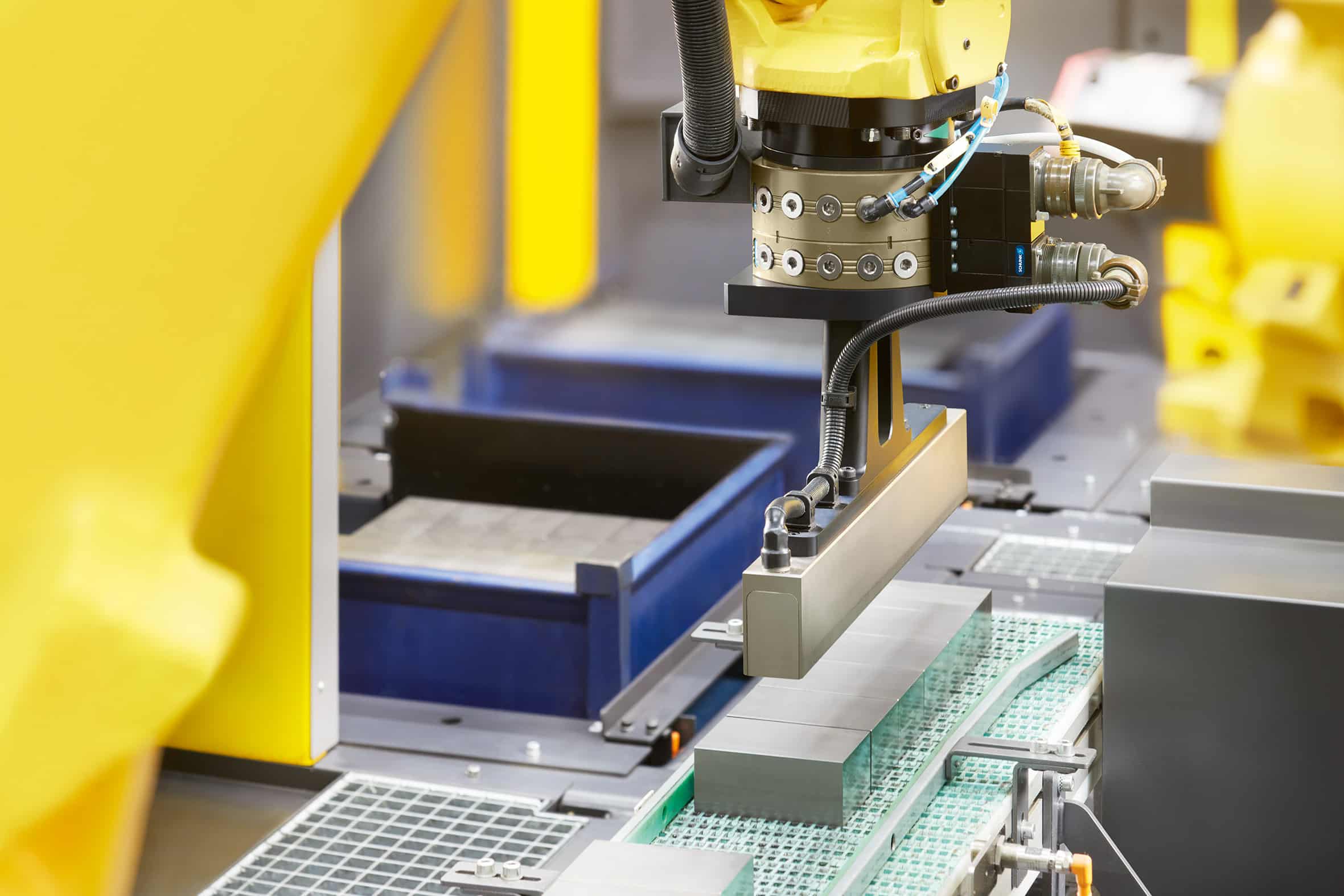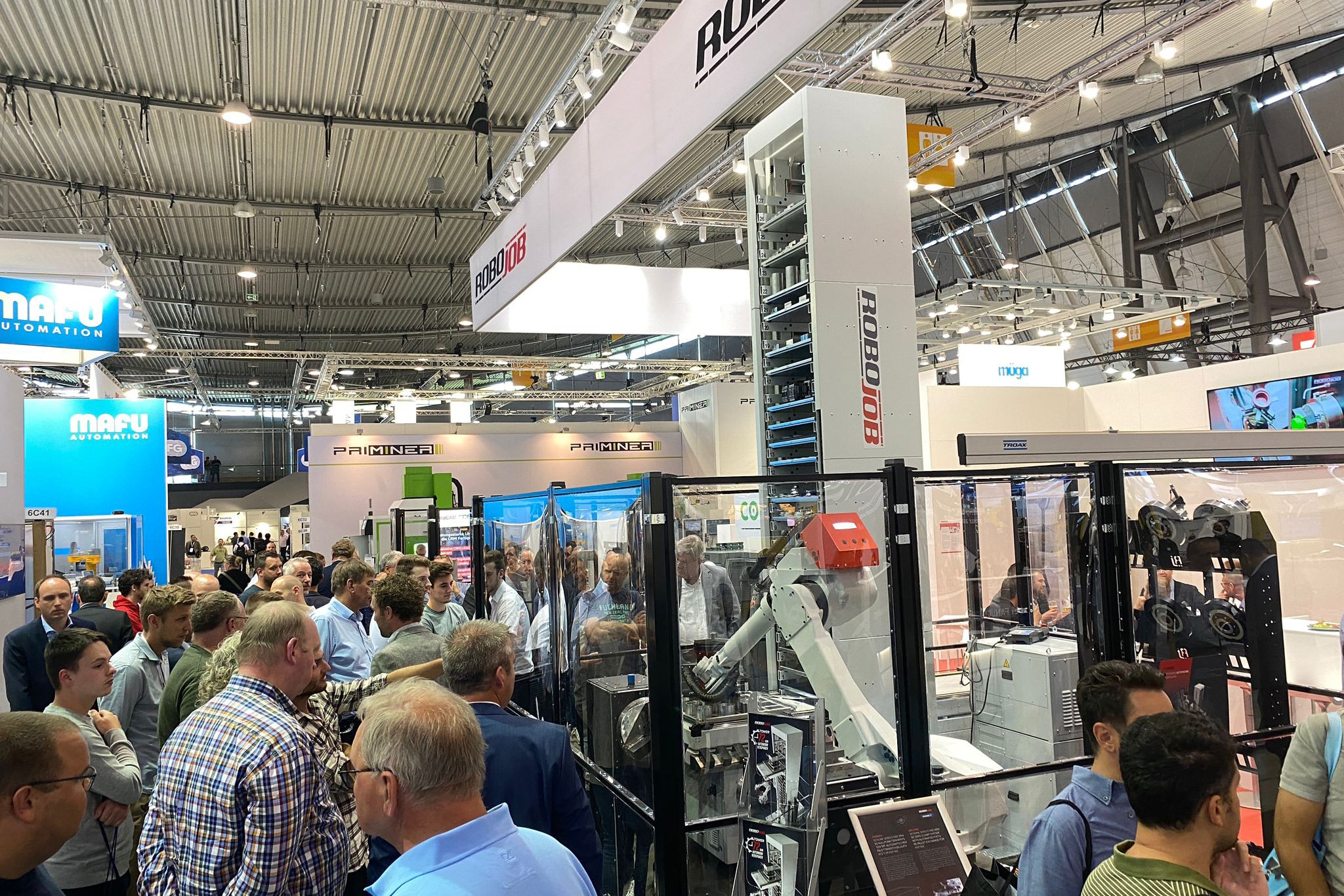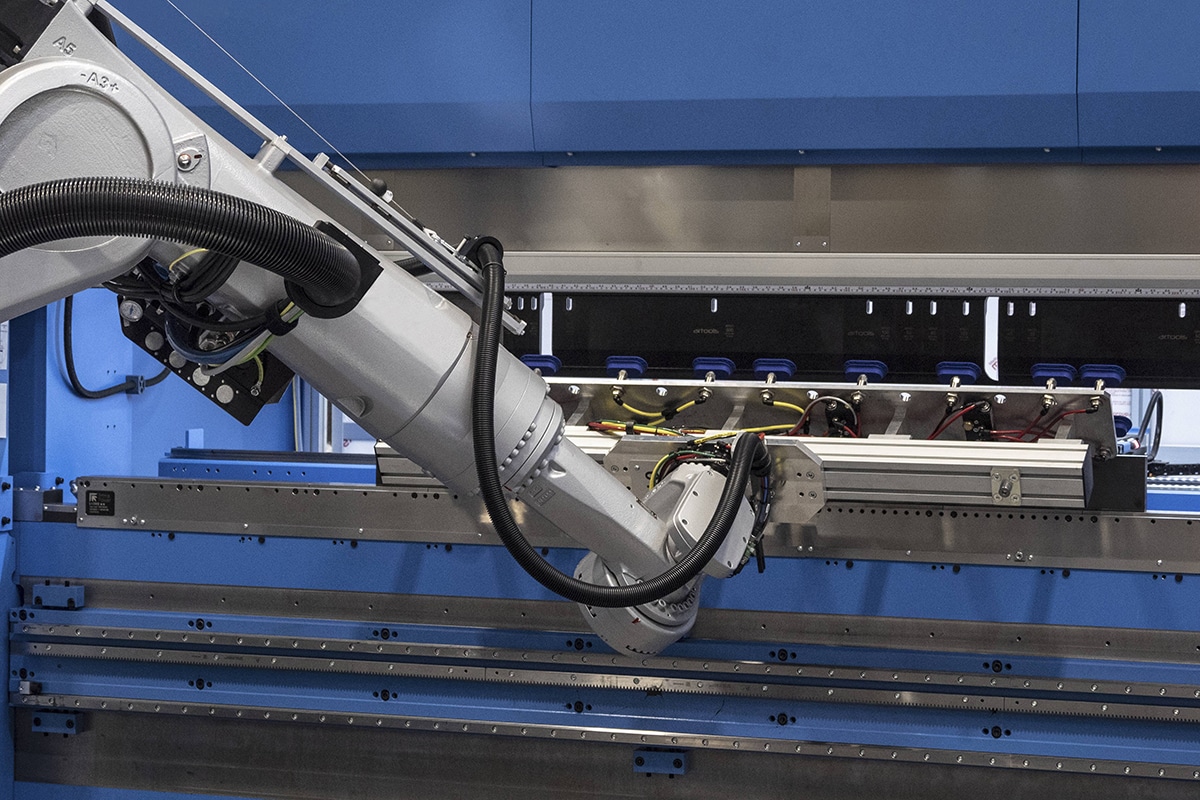
Fifty years of overhead cranes: know-how and experience for the future
Wherever heavy loads must be moved, overhead cranes are invaluable today. Fifty years ago, however, they were anything but self-evident. In West Flanders, Maurice and Eric Deman changed all that. In 2019, the company from Sint-Eloois-Winkel is celebrating its anniversary. A time to look back and look ahead. Deman's experience and know-how, built up over the past fifty years, will continue to make a difference in the future in handling loads safely, efficiently and sustainably.
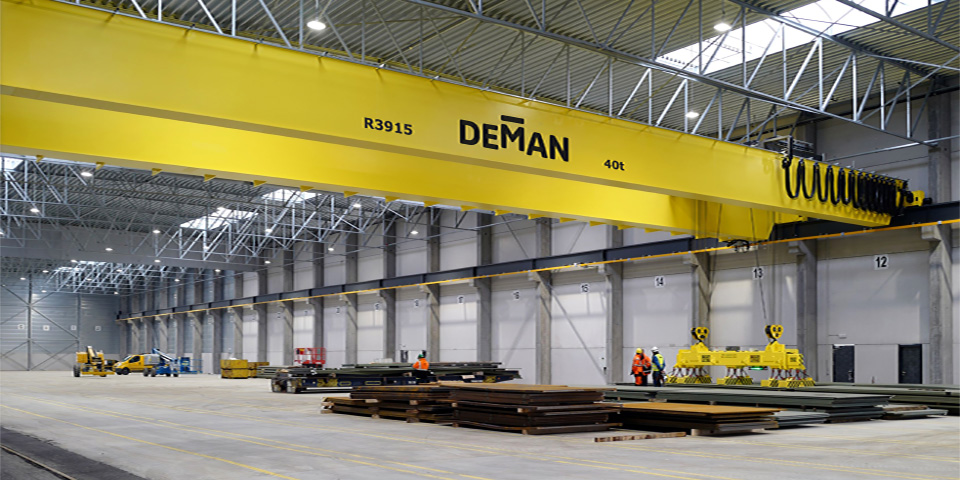
The rolling bridge served as the inspiration for the new logo.
Even before he realized his first overhead crane, Maurice Deman had already made a name for himself in the area with a patented and original flax machine. However, his ingenious eye was always looking ahead. "Already in the 1960s he developed telescopic construction cranes that became a great success," recalls grandson and current business manager Kurt Deman who took the helm in 1997. "My father Eric took over the business in '67 and continued along the same path. In '69, the first overhead crane and gantry crane were built and delivered. The quality quickly took off, because in 1974 an order came in for four overhead cranes from the then Cockerill Yards in Hoboken. With a cost of 26 million euros, a gigantic project for the time." So the future for Deman was wide open. In the meantime, the Sint-Eloois-Winkel-based company has almost 4,000 overhead cranes to its credit. Deman: "That technical ability to think along with the customer is what has propelled us all these years. And this is how we want to continue to make a difference in the future."
Smart features to make customer work faster and safer
Under Kurt Deman's reign, safety and sustainability have become two important pillars in the company. "For our employees, but also for our customers. For crane technology, for example, we resolutely choose SWF. Technologically, they are the furthest along in introducing intelligent options for faster and safer work. An example of this is the anti-pendulum system, which prevents the load from moving, prolongs the life of the overhead crane and enables the customer to achieve a nice efficiency gain. That's the edge we want to build, for us and for our customers." Safety also begins with thorough overhead crane operator training. With the arrival of the Triskel Comptence Center, Deman has all the infrastructure for that. Specialized training centers are only too happy to call on it. "There they learn to work with two types of overhead cranes in complete safety and can learn about those intelligent options for getting the full efficiency out of an overhead crane."
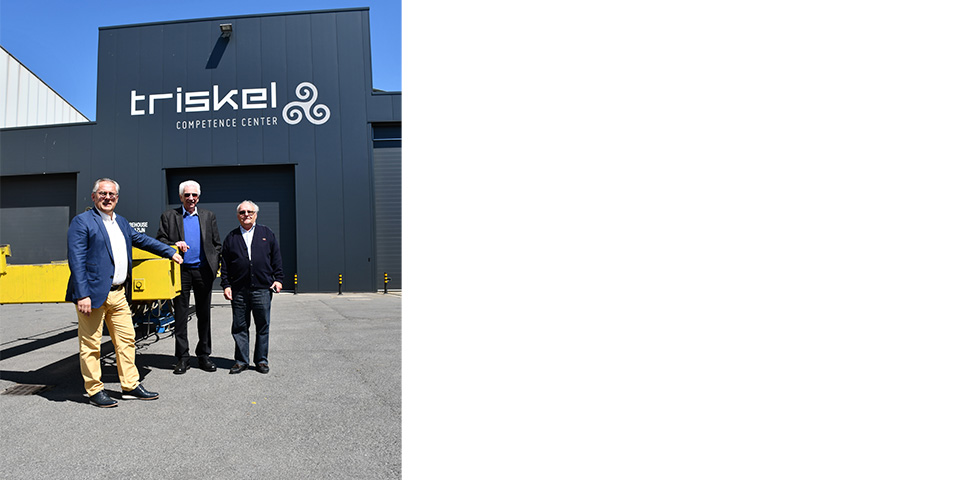
Kurt and Eric Deman and Luc Volon: "In 1969, Deman produced an overhead crane for the first time. It was for Gebroeders Volon, a construction company in Heule that was looking for a way to load and unload rebar.
New corporate identity, new momentum
However, Deman plans to do more than look back on 50 years. "During the celebration on June 20, we will unveil our new logo and new corporate identity," Deman hints. "Naturally, the rolling bridge served as inspiration for this. The result looks pared down, modern, open and ready for the future. After all, we have been guaranteeing reliable and competitive overhead cranes and gantry cranes for five decades. Our know-how, experience and service are invaluable assets that we want to fully exploit in the coming years. Innovation and professionalization will be the starting point here. On to the next fifty years."
The greatest of all
Among those nearly 4,000 overhead cranes from Deman are standard overhead cranes for small SMEs as well as can-do products. After all, no job is too big or too small for Deman. The largest overhead crane to date was installed at BMC Moerdijk. In the production area, three grab cranes are used to handle chicken manure and ashes. Together they represent an investment value of 2.7 million euros.
The very first
In 1969, Deman produced an overhead crane for the first time. It was for Gebroeders Volon, a construction company in Heule that was looking for a way to load and unload rebar. "We had heard about the good work Maurice Deman was doing in cranes through the back then," recalls Luc Volon. "We plucked up our courage and went knocking on the door for a solution to our problem." Deman found it in the form of a simple single girder overhead crane with a lifting capacity of 3 tons. The crane track was also provided in the workshop and additional reinforcement around the beams. "At that time, overhead cranes were still an oddity in West Flanders. Our workshop was not equipped for them. But since its arrival, it has not stood still. We have never encountered any problems with it." Top-notch quality, then, even back then.
